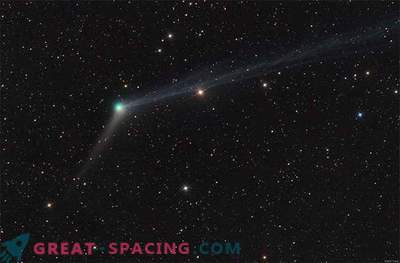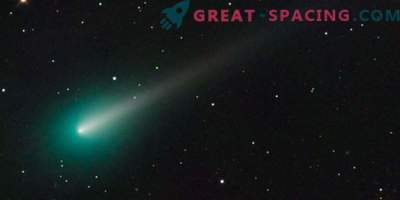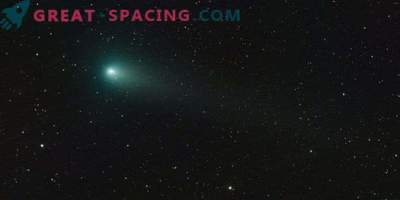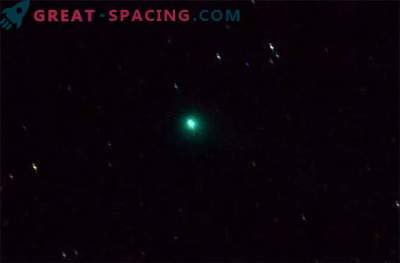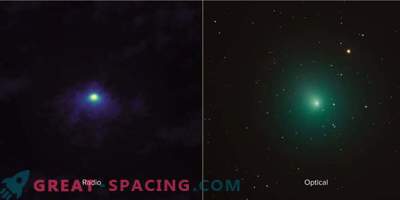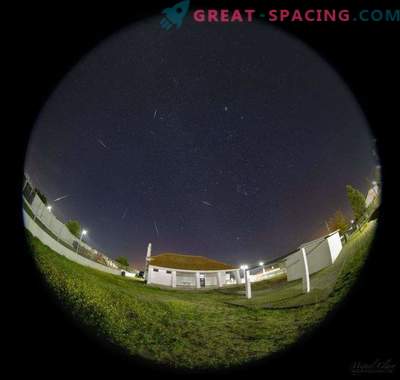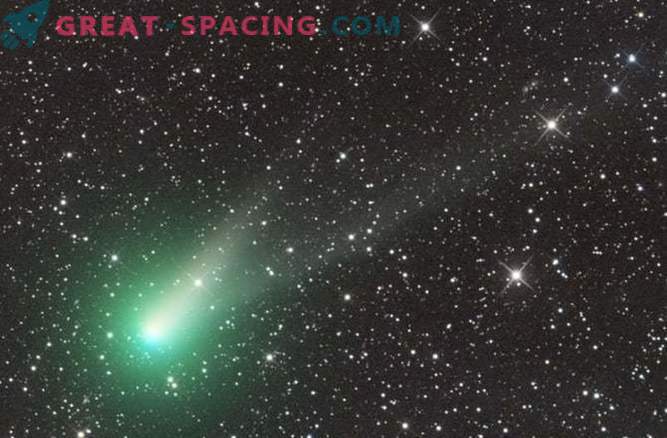
Try to find comets C / 2013 US10 (Catalina) a few hours after the Christmas celebration. Early in the morning of January 7, 2016, you will find a comet passing near the bright star Arcturus in the constellation Bootes. It will not be visible to the naked eye, but binoculars or a small telescope will be able to distinguish it as a small indistinct spot of light in the predawn sky. If you got a telescope or binoculars for the New Year, this comet will be a fantastic target. Start the New Year properly and share the view of this comet with friends or family! Current brightness estimates estimate Catalina comet as small as 6, 2 to 6, 4, which is slightly below the level for viewing with the naked eye. See the image above and see how easy it will be to find Comet Catalina in early 2016.
When and where can I see Comet Catalina?
The comet has been in our pre-dawn sky for the past month. Its brightness was fairly steady. With the beginning of the New Year, it will gradually become the object of the night sky.
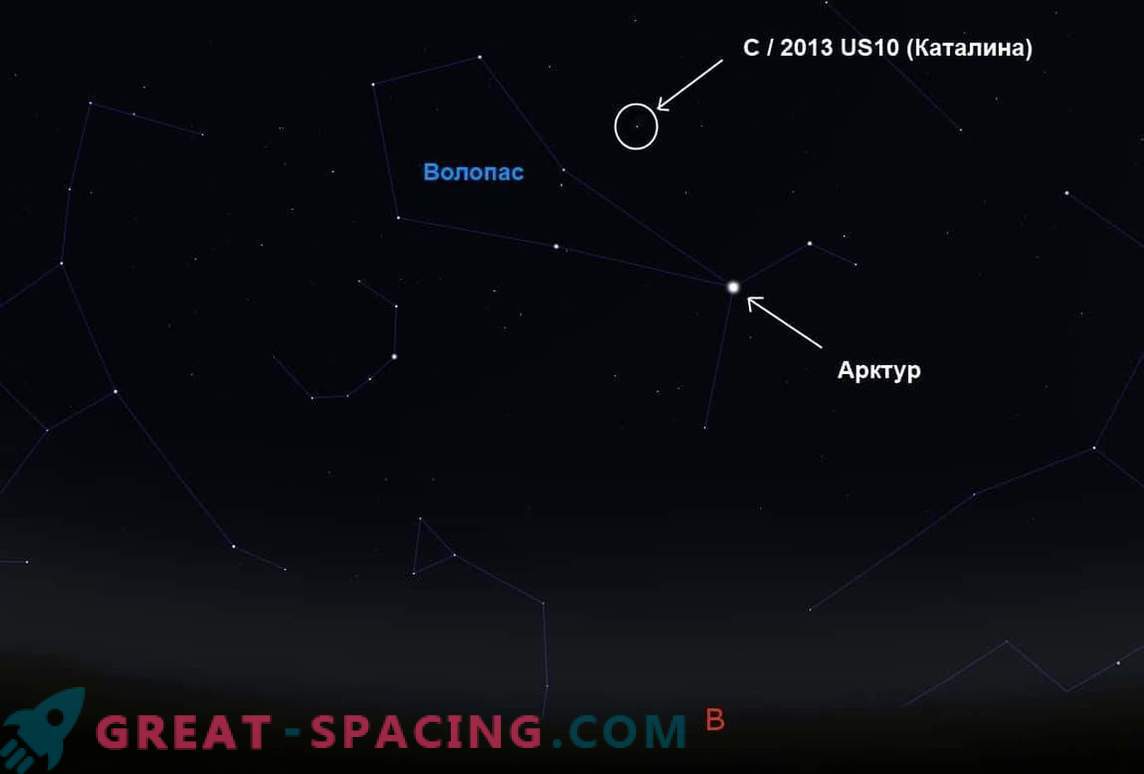
Comet Catalina on Christmas morning
The comet was closer to the Sun until November 15, and is currently moving away from the Sun. But it is still getting closer to Earth. On January 17, 2016, Comet Catalina will be at the closest point to Earth at a distance of 68 million miles (110 million km). Compare with the distance to the moon about a quarter of a million miles ... and you will see that the comet does not pass near us. However, when it comes closest to Earth in mid-January, we can see the comet a little brighter than it is now. According to all available data, Comet Catalina will never rise above brightness 6 - the limit of visibility with the naked eye.
Remember ... the comet is moving slowly across the sky. Below you will find several schemes that should help you find it. Or watch this chart from skyandtelescope.com.
What does comet catalina look like?
The comet's tail is about 500,000 miles (800,000 km) long! And it turned out to be double. Some photos were able to catch even more details. With binoculars, you will likely find the comet as a slight misty spot. You can see most often the short tail of this comet. Most likely, you will not see any color at all.
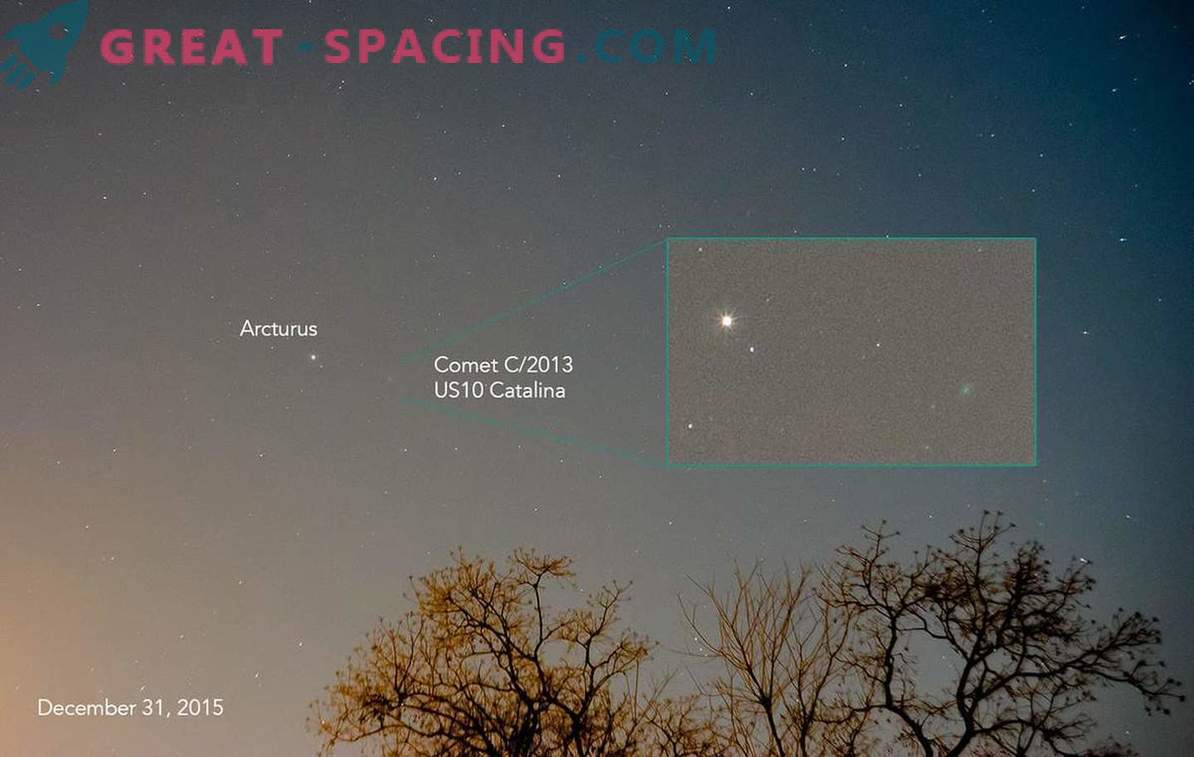
Sarah Slate from Austin, Texas, who took the photo above, wrote: “I tried to capture comet Catalina on camera for several weeks without much luck. My camera does not have a tracker, so it was difficult to distinguish a comet. Finally, lucky this morning! "
Telescope will provide the best view. Even when viewed with a telescope, you will not see the comet's green color, as shown in some photographs. The cameras are more sensitive than the human eye, and after a few seconds or minutes of exposure, they provide a very good view of the color of the comet.
But visual observations using telescopes in December 2015 could give a hint of the green color of comet Catalina’s coma or its atmosphere.
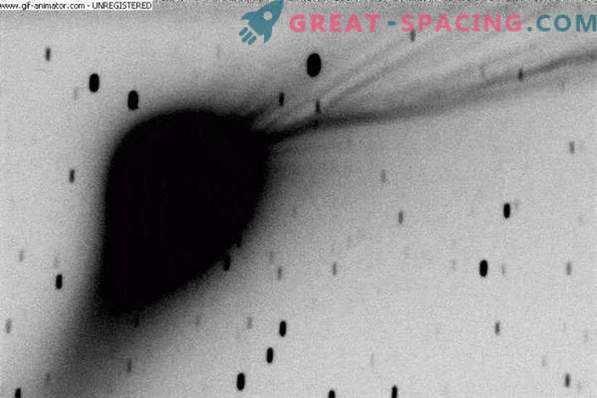
Comet Catalina Pictures taken December 4, 2015 by Doug Durig. Here you can see some details in the tail of the comet.
And, by the way, we see green in comets from gases such as diatomic carbon.
Highlights
- October 31, 2013. The Catalina Sky Survey in Arizona discovered a comet, subsequently named C / 2013 US10 (Catalina). At first, astronomers thought it was a rocky or metallic asteroid, but further observations determined that it was an ice comet.
- On November 15, 2015, Comet Catalina was at perihelion or closest to the Sun. It does not come as close to the Sun as some comets do. In the closest approach to our star, the comet moved between the orbits of the planets Earth and Venus. Her perihelion distance was 0, 82 a. e. from the Sun (1 a. e. = 1 distance from the Earth to the Sun). Comet Catalina flew at a speed of 103,000 miles per hour (166,000 km / h) relative to the sun at perihelion.
- From November 23 to 30, 2015. Comet Catalina became open to observers from the Northern Hemisphere.
- December 7, 2015. Heavenly show! Comet Catalina was visible next to Venus and the waning moon.
- December 31, 2015. A comet approaches the visible position of Arcturus in the sky. Another good photo opportunity.
- January 1, 2016. Comet Catalina will pass very close to the star Arcturus. A great landmark when searching for a comet in the sky!
- January 17, 2016. Comet Catalina will pass 68 million miles (110 million km) from Earth. It is very, very far from Earth - hundreds of times farther than the distance to the moon. Thus, there is no danger of collision. However, let's talk about the size of the comet's core. Some estimates show that comet catalina's core varies between 4 and 20 kilometers in diameter.
What next comet will be visible to the naked eye next time?
The next comet predicted to be visible to the naked eye — and it will indeed be easy to see — is comet 46P / Virtanen. It will appear as a heavenly gift at Christmas 2018.
Although comet 46P can reach 3 or 4, there is always the possibility that a newly discovered comet will provide a good celestial show before this time.
